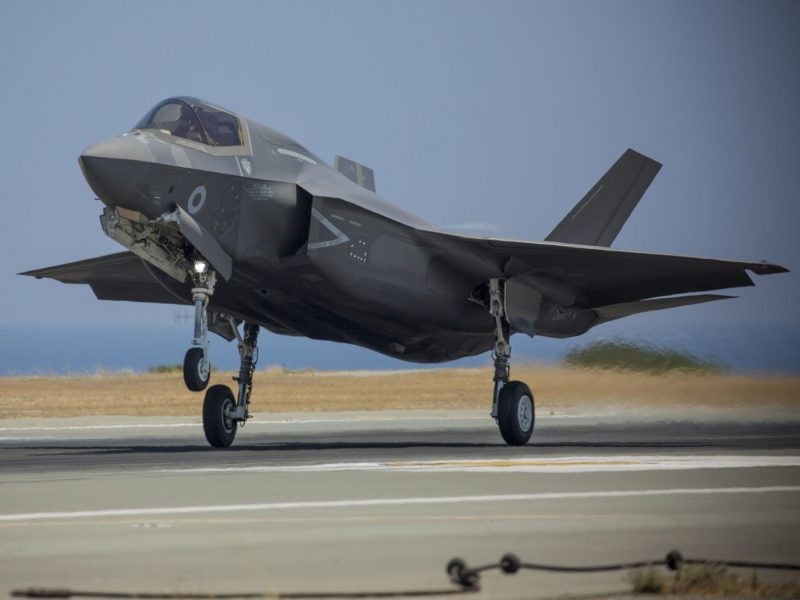
The Ministry of Defence (MOD) spent £8.4bn on procuring the Lockheed Martin advanced F-35 fighter jet as of 2018, more than any other programme and £309m more than forecast.
The MOD said that the increase in the cost of the F-35 programme was largely due to an increase in US foreign exchange rates. Since Brexit, the value of the pound against several currencies including the US dollar has fallen, meaning that the UK has less spending power for foreign military equipment than in the past.
The MOD told Air Force Technology that while the cost of the F-35 programme had been affected by currency fluctuations, the overall unit cost per aircraft had decreased by £50m. With long-running projects, the MOD said they try to factor in currency fluctuations in their budgeting.
Two economists from Capital Economics and York University confirmed to Air Force Technology that the depreciation of the pound would have made it more expensive for the UK to import foreign systems.
The next most expensive projects being undertaken by the MOD are the Dreadnought submarine programme, due to replace Trident, at £8bn, the Astute submarine programme at £6.9bn, the Queen Elizabeth Class Aircraft Carrier at £6.2bn and the Ajax armoured fighting vehicle from General Dynamics at £5.5bn.
Of the five most expensive programmes, all are set to cost more than forecast in 2017 by a total of £705m. The only programme costing less than forecast is the new Type 26 frigate programme.
The Type 26 is being developed to replace the UK Royal Navy’s fleet of Type 23 frigates which were commissioned in 1987. Three of the UK’s planned Type 26 frigates are under construction with the programme set to enter in 2027.
The UK is also spending £3.2bn on ongoing programmes to upgrade and develop the Warrior armoured fighting vehicle and Apache gunship. In total for the year 2018/19, the MOD paid out £25bn in direct expenditure on its contracts.
The figures were revealed by the MOD in an annual roundup of contracts and expenditure published yesterday (5 September). Of the 17 major equipment projects listed by the MOD, the total cost is set to be around £54.3bn.
The MOD spent 43%of MOD spending went to its ‘top 10 suppliers’, with the largest of that share being paid out to BAE Systems at almost 14% of the MOD’s spend on defence procurement in 2018/19.
The UK exported more defence equipment by value in 2018 than at any other point in the last decade, winning £14bn worth of export orders. This makes the UK responsible for nearly 20% of all defence exports globally. In terms of defence exporters over the past decade, the UK is second the US.
The UK’s biggest market for defence projects is the Middle East, with exports to the region increasing by 11% on last year. In total 77% of the UK’s defence sales were to the Middle East, with the remaining 33% largely focused on North America and Europe.



